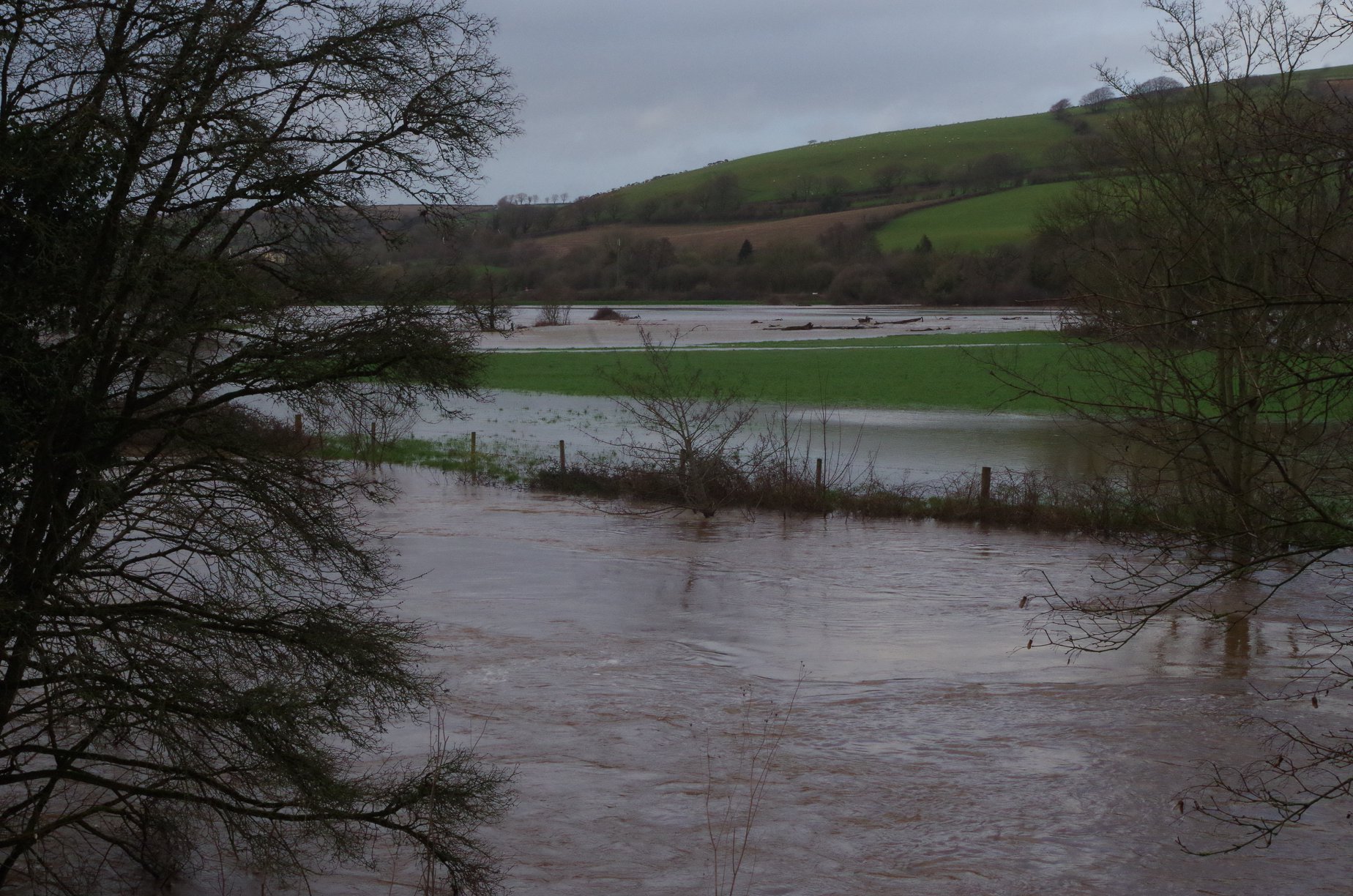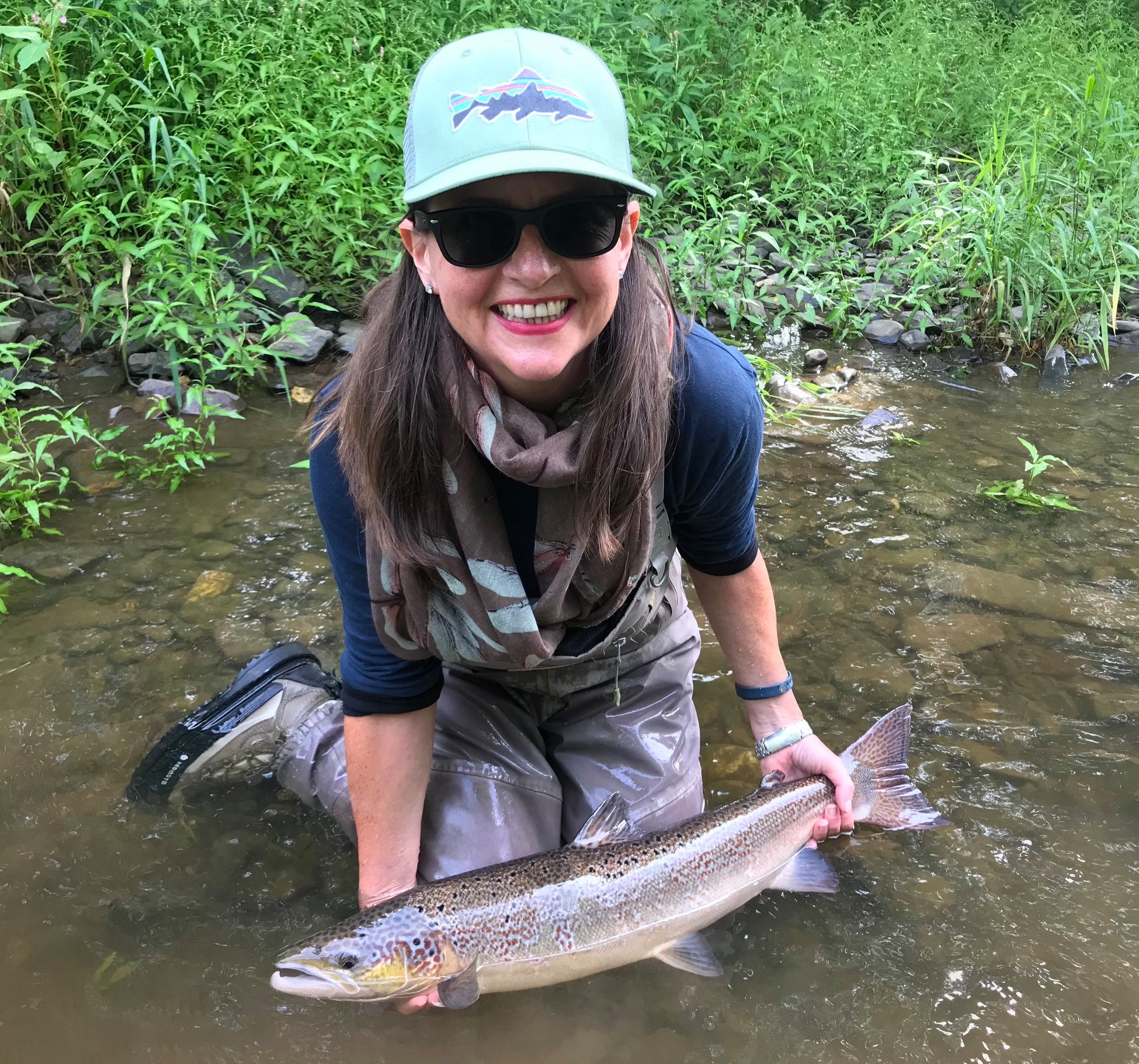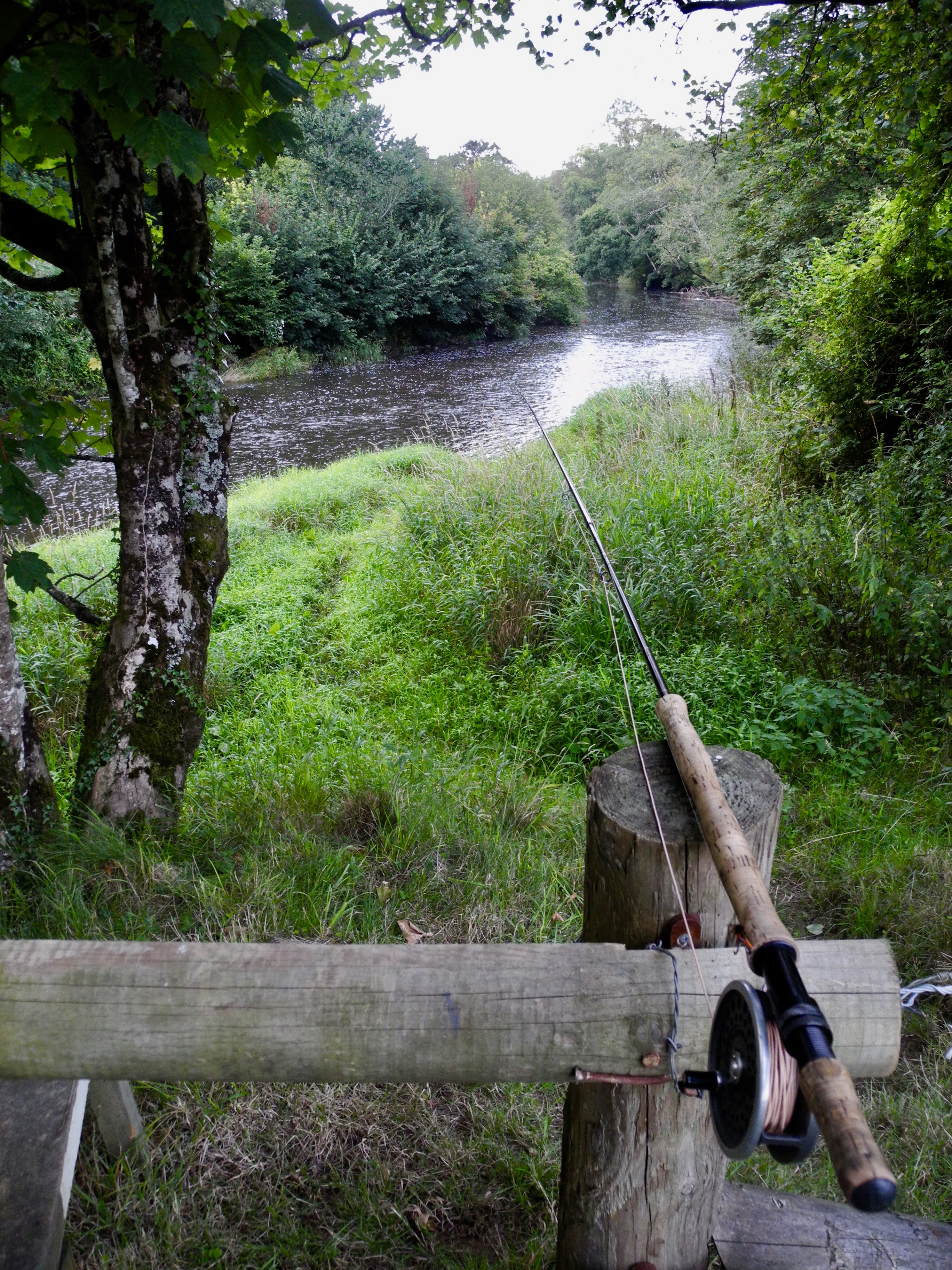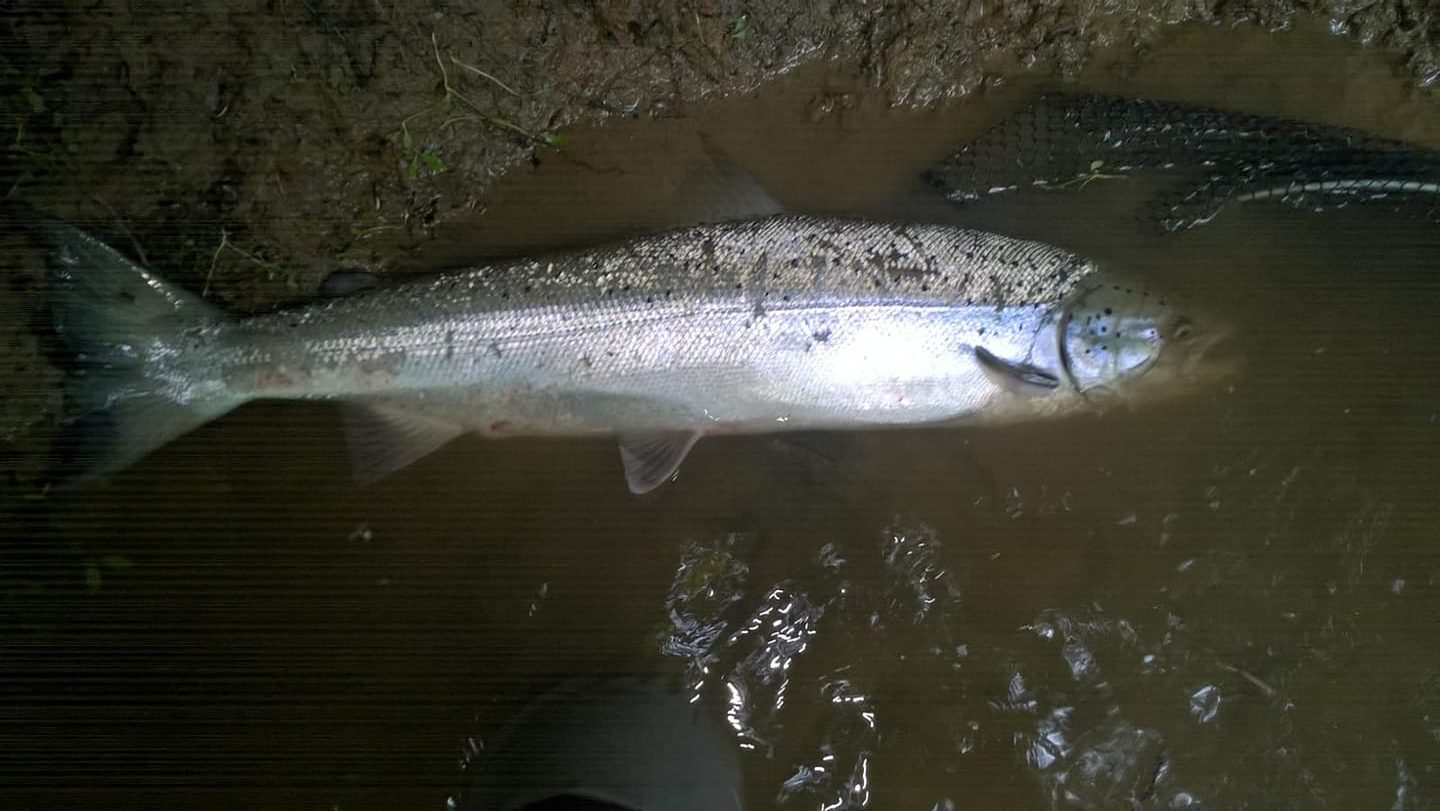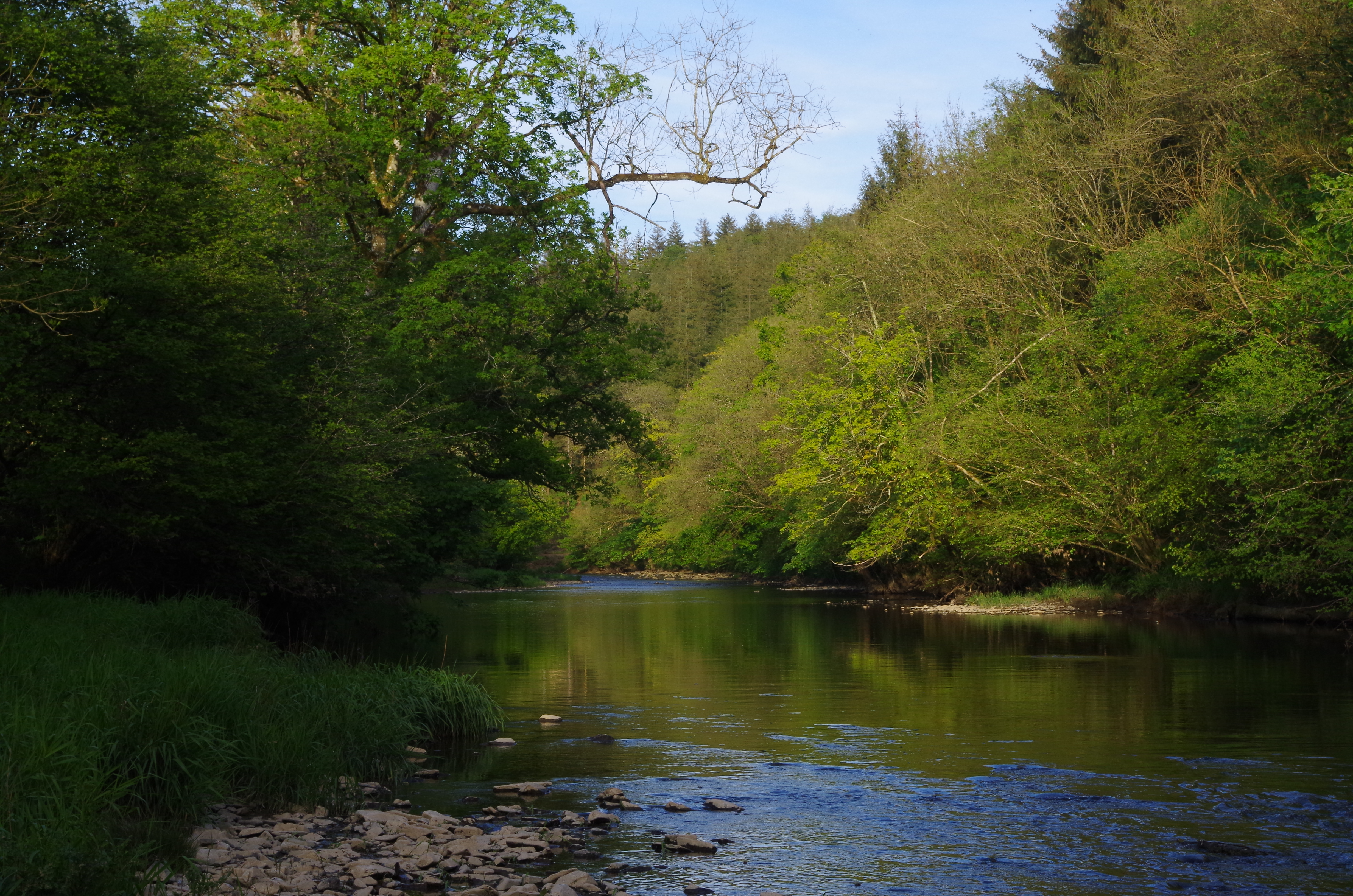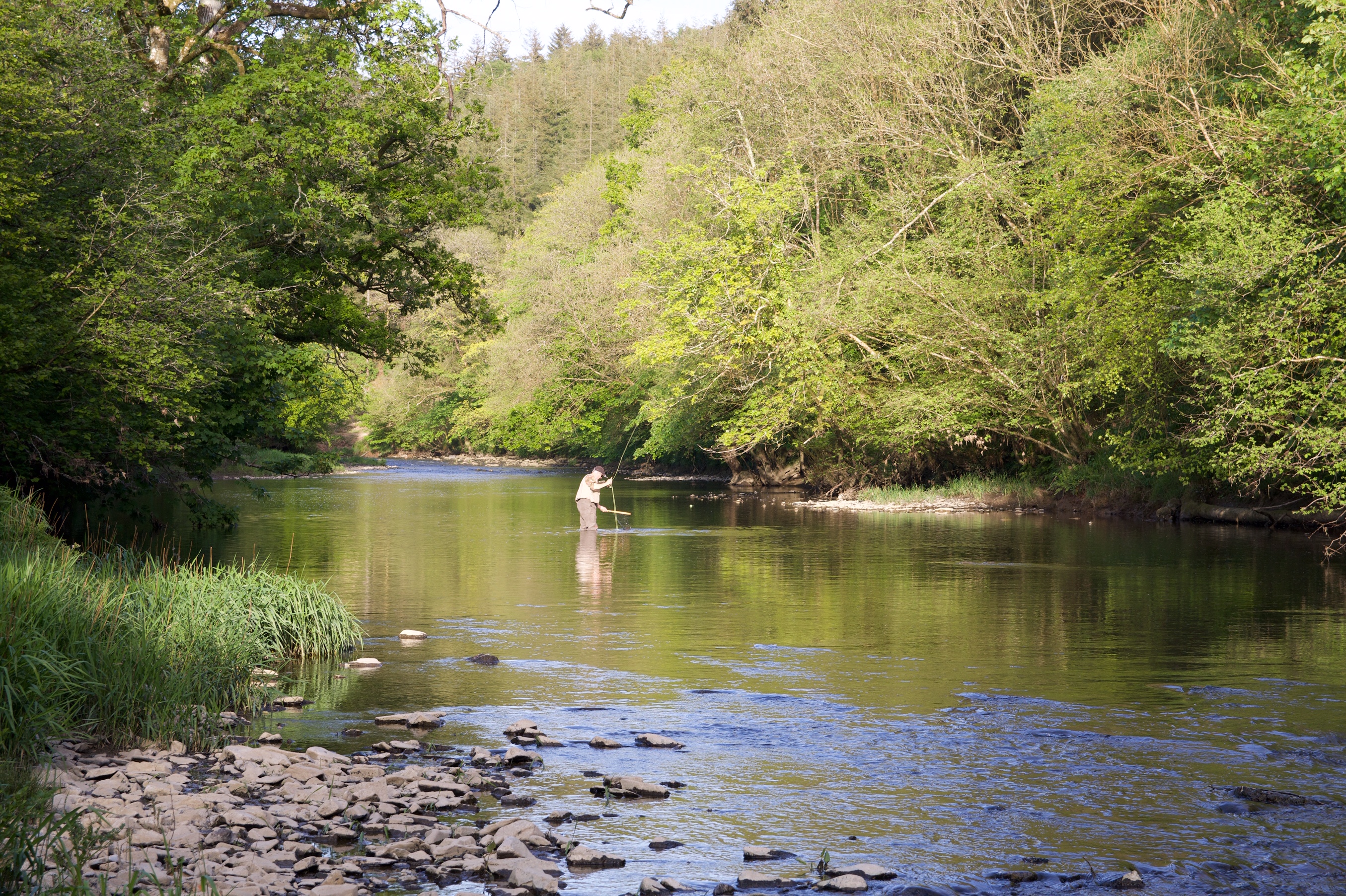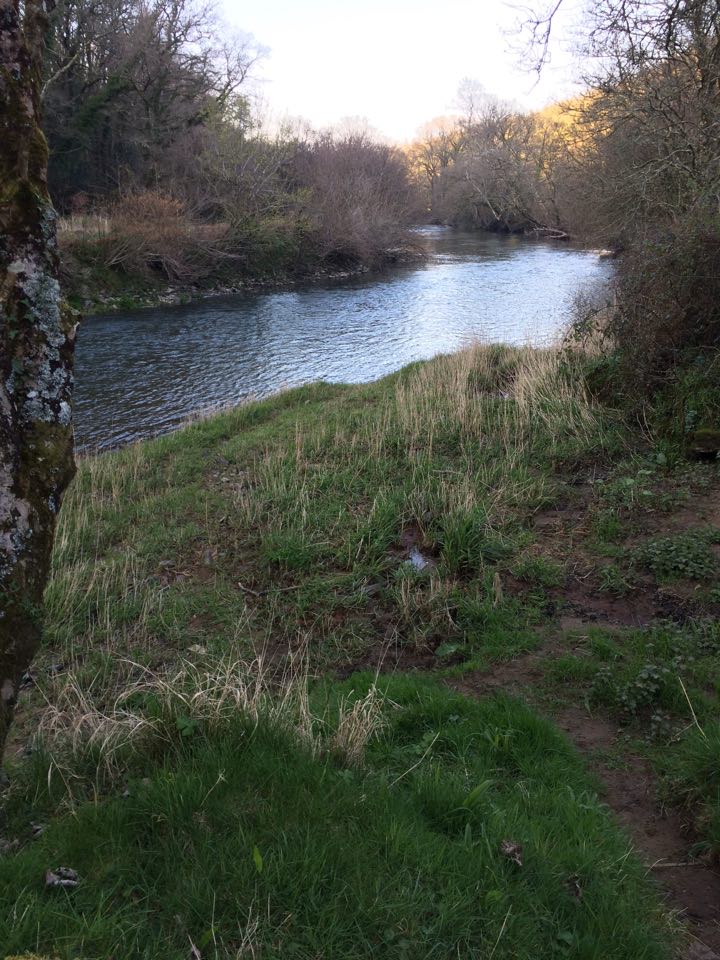 It was good to once again arrive at the Half Moon Inn at Sheepwash as members of the River Torridge Fishery Association assembled for the AGM. This is always an enjoyable occasion with members coming from far and wide to reaffirm their commitment to the river Torridge by supporting the great work that is undertaken each year to protect and promote the river, its fish and ultimately the unique community that it supports.
It was good to once again arrive at the Half Moon Inn at Sheepwash as members of the River Torridge Fishery Association assembled for the AGM. This is always an enjoyable occasion with members coming from far and wide to reaffirm their commitment to the river Torridge by supporting the great work that is undertaken each year to protect and promote the river, its fish and ultimately the unique community that it supports.
Charles Inniss announced the sad news that Mrs Terry Norton Smith had recently passed away at the age of 94. Mrs Terry Norton Smith is fondly remembered by many who have fished the Torridge as she lived for many years at Little Warham Fishery with her husband Group Captain Peter Norton Smith https://www.telegraph.co.uk/news/obituaries/1555385/Group-Captain-Peter-Norton-Smith.html
Last summer was one to be forgotten so far as salmon fishing is concerned with the long dry summer resulting in very low flows and consequently poor fishing. Catch returns show a rod catch of around 30 salmon and 75 to 100 sea trout. The nets took a total of 35 salmon and 23 sea trout from the Taw and Torridge Estuary.
The Torridge Fishery Association Website carry full details and all the latest news :-
The Half Moon Inn at Sheepwash gives a discount of £5 on fishing for Association members.
Below is the latest Newsreel from the Torridge Fishery Association giving a full round up of the AGM reports.
NEWSREEL: Spring 2019: Issue 40
Chairman: Paul Ashworth: Secretary: Charles Inniss,
Beeches Sheepwash Beaworthy Devon EX21 5NW
Tel: 01409231237
e-mail: [email protected]
SUBSCRIPTIONS: for 2019 are now due please. If you have not already paid, please forward your cheque for £20 to the Secretary at the above address, making cheques payable to The River Torridge Fishery Association.
EA Proposals to reduce exploitation by rods and nets: Just before Xmas DEFRA gave us the good news we had been hoping for. The new salmon and sea trout byelaws have been confirmed. All netting for salmon in our estuary has now ceased. This together with the ban on drift netting twelve months ago means that there is no netting in our estuary apart from netting for sand eels.
Catch and release remains voluntary but the EA expects a release rate above 90% for salmon. This effectively means that anglers are expected to release all salmon. If the release level above 90% is not achieved, DEFRA will not hesitate to make releasing all salmon mandatory.
Your committee is concerned about the stock of sea trout and recommends that as well as salmon, all sea trout are released.
Please follow the following guide to good practice when releasing fish:
- Use barbless hooks.
- Use a fine knotless net.
- Use strong tackle so fish can be played out and netted as quickly as possible.
- Always net the fish: avoid handling fish and certainly do not pick them up by the tail to weigh or photograph.
- Keep the fish in the water all the time: If you want to know the weight, measure the fish in the water and calculate accordingly. If you want to take a photo, do it while the fish is in the water.

Three year juvenile survey programme: Three years ago your committee agreed to fund a three year programme of juvenile surveys. The results of the initial survey (a semi-quantitative survey by the West Country Rivers Trust) in the summer of 2016 were disappointing. Salmon fry were present in only 10 of the 35 sites. In 2017 a full quantitative survey was completed by the EA. The results were much more encouraging with salmon fry present at most sites. Salmon parr numbers were poor but brown trout were evident throughout the catchment. This year the West Country Rivers Trust completed the third survey. This survey showed a continuing slight improvement particularly on the Okement and Lew tributaries. The three surveys have given us a better picture of the health of the river and where to target habitat improvements.Siltation and compaction of the spawning gravels continues to be a major problem.
The Salmon Hatchery: The rearing programme this winter has again been very successful. The broodstock of 5 hens and 5 cocks were all returned safely to the river. In the last week of March, 26,000 swim-up fry were stocked out into selected sites in the headwaters of the Torridge, Walden, Lew and Okement. For the dedicated team of volunteers, it is a great relief when the last fry are released into the river after five months of hard work.
Prospects for 2019:
After the disappointment of very poor fishing conditions in 2018 caused by the summer drought, we are all hopeful that 2019 will provide some good fishing. At least four salmon have been caught in March and even more encouraging sea trout have been caught as far upstream as the Junction Pool, where the Okement joins the main river. On 1stApril I saw the first trout rise of the season and anglers fishing the Half Moon beats at Sheepwash have enjoyed some good sport on dry fly and nymph.
Clay Discolouration: on the middle and lower river continues to be a problem after heavy rainfall, sometimes making the river unfishable just when it is an excellent height and colour for fishing. Discussions between the EA and Sibelco are continuing to minimise the problem. The obvious time to discharge clay water is when the river is in full spate.
The Fishermen’s eyes and ears:Our fishery officer, Paul Carter, is now responsible for all the rivers in North Devon and more than ever he is dependent on the eyes and ears of fishermen. If you have any concerns (poaching or pollution) please call him direct on 07768007363, or the EA Emergence Hotline 0800807060 or the Association Secretary 01409231237.
The Annual General Meeting: held at The Half Moon Inn on 5thApril was a great success with 46 members attending. The presentation by Adrian Dowding (WCRT) was particularly informative and interesting. We all enjoyed an excellent buffet and social get together after the meeting.
IF YOU HAVEN’T ALREADY DONE SO, PAY YOUR ASSOCIATION SUBSCRIPTION, BUY YOUR FISHING LICENCE, AND ABOVE ALL ENJOY YOUR FISHING.

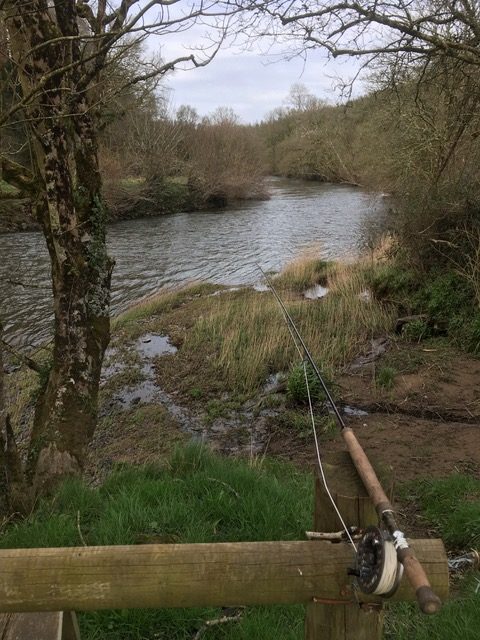





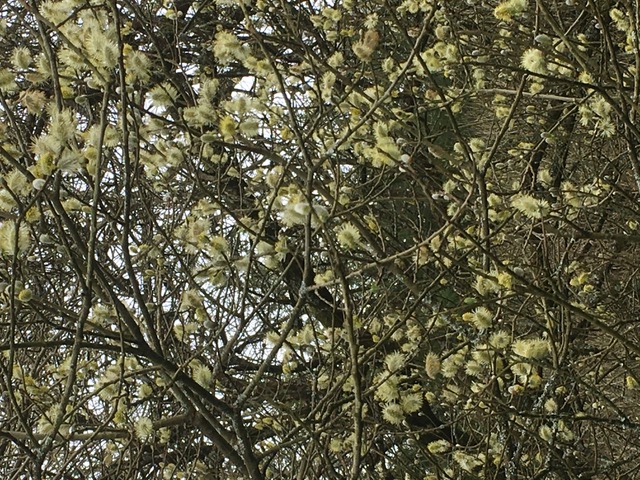








 A new salmon season began on Sunday March 1st but looking at the Taw below Newbridge on the eve of the season I doubt if any of the North Devon rivers will be fishable for at least a week. Early season is often hampered by high river levels and in the longer term this could be to anglers advantage as it will hopefully mean that there is a plenty of water well into the season. The early part of the season can produce some of the biggest fish of the year with big fresh run spring salmon one of angling greatest prizes. Don’t forget that all salmon have to be returned to the river in the first three months of the season. Catch and release is also encouraged throughout the entire season with barbless single hooks preferable.
A new salmon season began on Sunday March 1st but looking at the Taw below Newbridge on the eve of the season I doubt if any of the North Devon rivers will be fishable for at least a week. Early season is often hampered by high river levels and in the longer term this could be to anglers advantage as it will hopefully mean that there is a plenty of water well into the season. The early part of the season can produce some of the biggest fish of the year with big fresh run spring salmon one of angling greatest prizes. Don’t forget that all salmon have to be returned to the river in the first three months of the season. Catch and release is also encouraged throughout the entire season with barbless single hooks preferable.